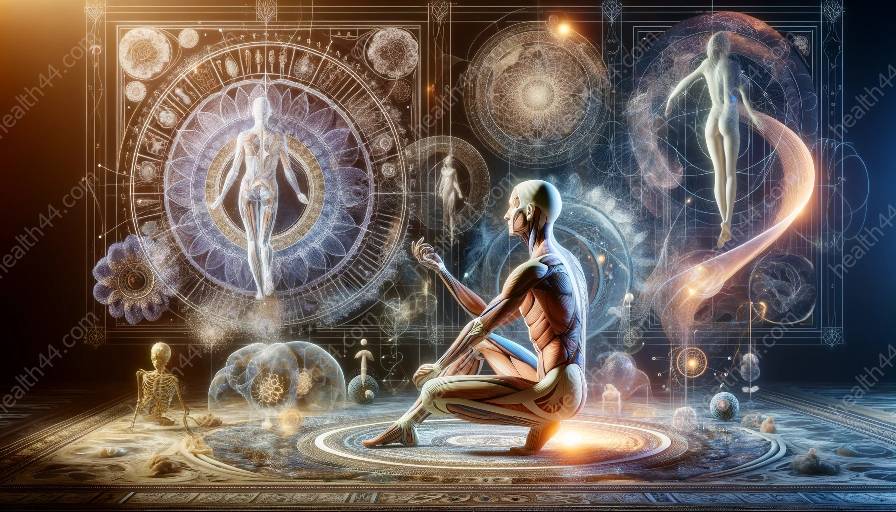The respiratory system plays a crucial role in the human body, facilitating the exchange of gases to support cellular function. This comprehensive topic cluster will explore the components and functions of the respiratory system in a way that is compatible with the study of anatomy and introduction to anatomy.
An Overview of the Respiratory System
The respiratory system is a complex network of organs and tissues that work together to facilitate the exchange of gases, particularly oxygen and carbon dioxide, between the body and the environment. The components of the respiratory system include the nasal cavity, pharynx, larynx, trachea, bronchi, and lungs. These components all contribute to the primary function of the respiratory system, which is to ensure the body receives an adequate supply of oxygen and expels carbon dioxide.
Introduction to Anatomy and Respiratory System
When studying anatomy, it is essential to understand the structure and function of the respiratory system. The respiratory system is a vital system of the human body and is closely interconnected with other anatomical structures. Understanding the respiratory system is fundamental to grasping the holistic functioning of the human body from an anatomical perspective.
The Anatomy of the Respiratory System
The study of the respiratory system in anatomy involves exploring the intricate structures and functions of the organs involved. The nasal cavity, for example, serves as the entry point for air into the respiratory system, where it is filtered, warmed, and moistened before reaching the lungs. The pharynx acts as a passageway for both air and food, while the larynx houses the vocal cords and plays a crucial role in producing sound.
The trachea, commonly known as the windpipe, connects the larynx to the bronchi, which branch out into smaller airways called bronchioles that lead to the alveoli of the lungs. The alveoli are essential for the exchange of gases, where oxygen is absorbed into the bloodstream and carbon dioxide is expelled.
Function of the Respiratory System
The primary function of the respiratory system is to facilitate the exchange of gases between the body and the environment. When air is inhaled through the nasal cavity and reaches the lungs, oxygen is absorbed into the bloodstream through the alveoli, while carbon dioxide is expelled from the bloodstream. This process, known as respiration, is crucial for supplying oxygen to the body's cells and removing waste carbon dioxide.
Besides the exchange of gases, the respiratory system also helps regulate the body's pH balance by controlling the levels of carbon dioxide in the blood. Additionally, the respiratory system plays a role in vocalization and the sense of smell, further highlighting its multifaceted functions.
Anatomy and Respiratory System Integration
Understanding the respiratory system is not only essential for anatomy studies but also for comprehending its integration with other bodily systems. For example, the cardiovascular system works in tandem with the respiratory system to transport oxygenated blood from the lungs to the body's tissues and return deoxygenated blood to the lungs for gas exchange. This intricate coordination underscores the interconnectivity of anatomical systems within the human body.
Conclusion
In conclusion, the respiratory system is a vital component of human anatomy, responsible for the exchange of gases that sustain life. This topic cluster has provided an overview of the components and functions of the respiratory system, highlighting its integral role in the human body. Understanding the respiratory system is crucial for grasping the intricate web of anatomical structures and functions that collectively support human life.































